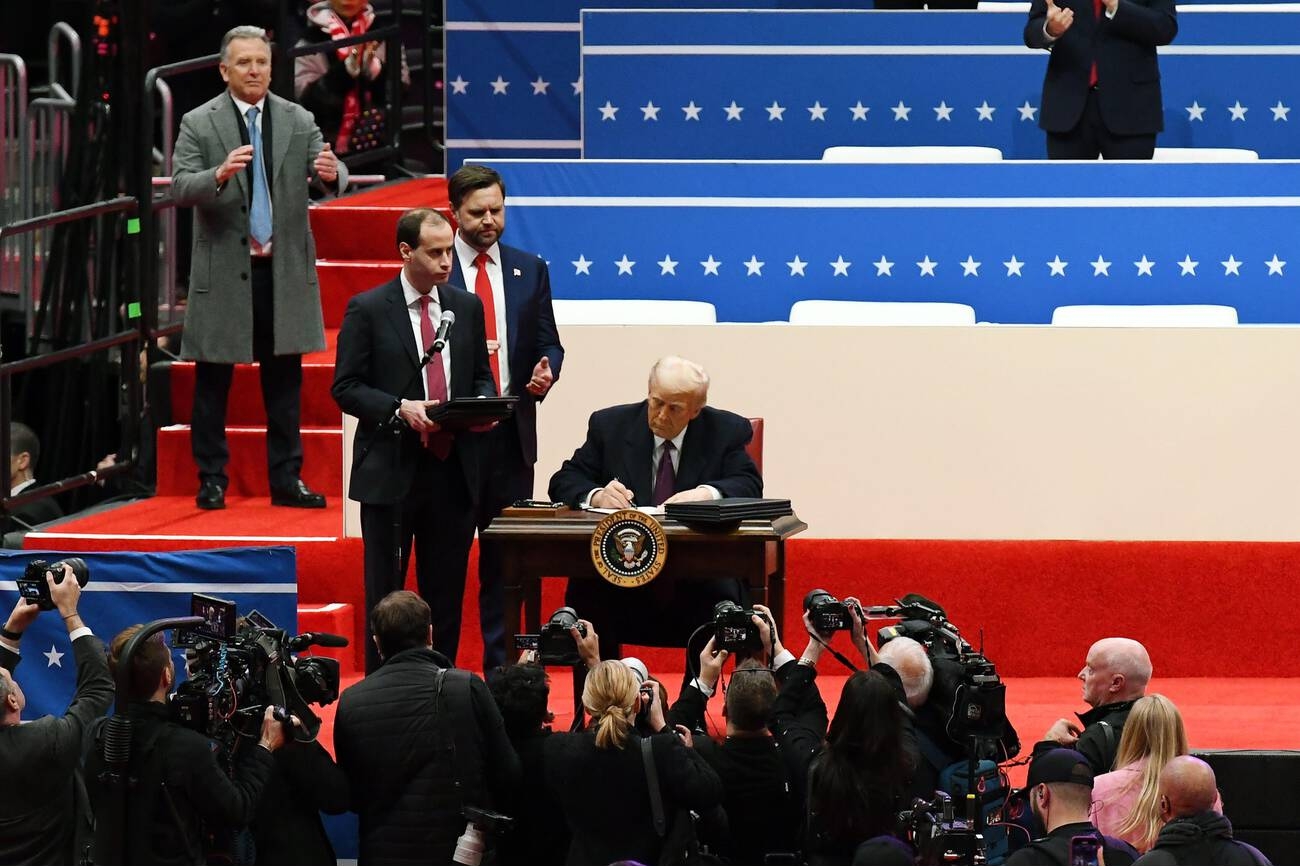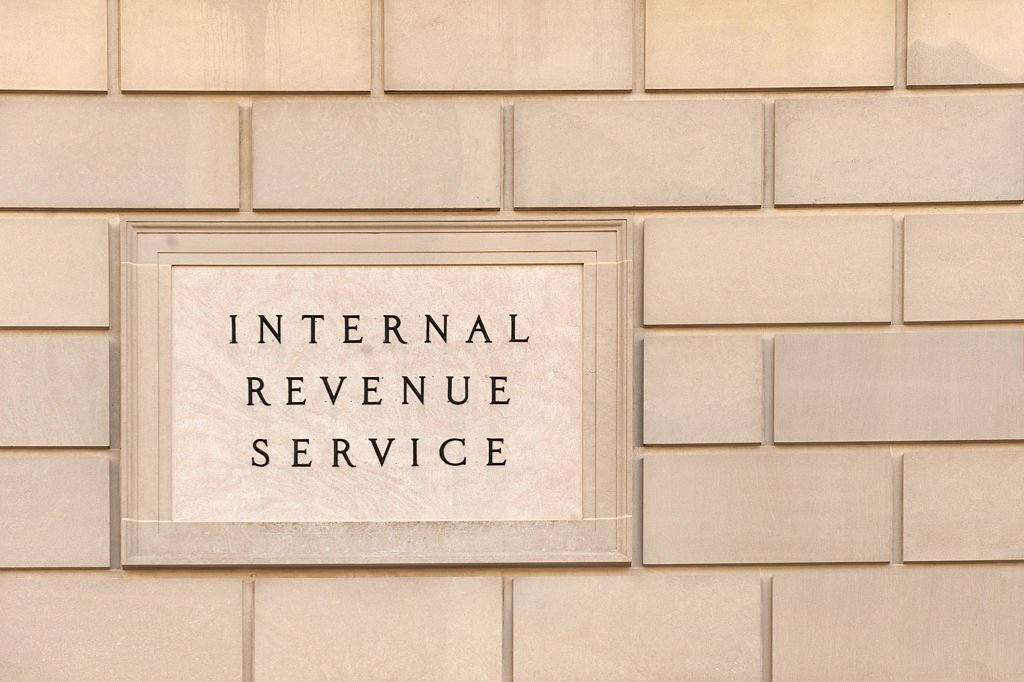By Reade Pickert, Bloomberg News.
(via TNS)
The U.S. economy grew at the fastest pace in nearly two years last quarter on a burst of consumer spending, which will be tested in coming months.
Gross domestic product accelerated to a 4.9% annualized rate, more than double the second-quarter pace, according to the government’s preliminary estimate Thursday. The economy’s main growth engine — personal spending — jumped 4%, also the most since 2021.
A closely watched measure of underlying inflation cooled a bit more than expected to the slowest pace since 2020. The S&P 500 opened lower and Treasuries rose.
The world’s largest economy has remained steadfast in the face of high prices and a rapid run-up in borrowing costs, repeatedly outshining forecasters’ expectations and tempering recession fears. The primary driver of that resilience is the enduring strength of the job market, which continues to fuel household demand.
Looking ahead, the durability of economic momentum in the fourth quarter will help Federal Reserve officials determine whether to raise interest rates again. Many economists expect growth to slow in the final months of the year as borrowing costs limit purchases of big-ticket items and student-loan payments resume.
But should demand stay robust, it risks keeping inflation above the central bank’s 2% goal and may warrant tighter monetary policy.
“Growth this strong does not force a rate hike next week, but it means the Fed will indicate it is still contemplating higher rates,” Chris Low, chief economist at FHN Financial, said in a note. “The Fed cannot declare tightening over with growth this strong and inflation still above target.”
At next week’s meeting, policymakers are widely expected to leave the benchmark interest rate unchanged, with some pointing to the rapid jump in government borrowing costs as a reason for caution. The 10-year Treasury yield surged above 5% earlier this week for the first time in 16 years.
“Given the uncertainties and risks, and how far we have come, the committee is proceeding carefully,” Fed Chair Jerome Powell said last week, referring to the central bank’s rate-setting Federal Open Market Committee.
So far, the data suggest inflation continues to dissipate. The closely watched core personal consumption expenditures price index, which strips out food and energy costs, stepped down to a 2.4% pace in the third quarter. Including those more volatile categories, the overall PCE price index increased 2.9%.
At the same time, service-sector inflation excluding housing and energy, a narrower measure watched closely by Fed officials, rose at a 3.6% rate, a slight pickup from the prior quarter.
President Joe Biden, who has had trouble convincing Americans hurting from high prices that his policies are working, said in a statement that the report is “a testament to the resilience of American consumers and American workers, supported by Bidenomics.”
September figures on inflation, consumer spending and income will be released Friday.
While a flurry of consumer spending was the main driver of growth, inventories added 1.3 percentage points to third-quarter growth. Government spending also contributed to the advance.
Business investment, meanwhile, declined for the first time in two years on a drop in outlays for equipment, and net exports subtracted from GDP. Residential investment rose for the first time in more than two years.
Stripping out inventories, government spending and trade, inflation-adjusted final sales to private domestic purchasers — a key gauge of underlying demand — increased 3.3%.
The strength of household demand is due to a mixture of factors, including robust hiring, solid wage gains and a record surge in household wealth coming into this year. Spending on services rose by the most in two years, while outlays for goods also accelerated.
This quarter, the economy will simultaneously need to deal with the wind-down of some of those discretionary tailwinds plus fresh headwinds. Factors such as the autoworkers strike, a potential government shutdown and the threat of a wider war in the Middle East could dampen momentum.
Prior to Thursday’s report, economists expected GDP to rise just 0.7% in the current quarter.
(With assistance from Chris Middleton, Augusta Saraiva and Craig Torres.)
___
©2023 Bloomberg L.P. Visit bloomberg.com. Distributed by Tribune Content Agency, LLC.
Thanks for reading CPA Practice Advisor!
Subscribe Already registered? Log In
Need more information? Read the FAQs
Tags: Payroll




